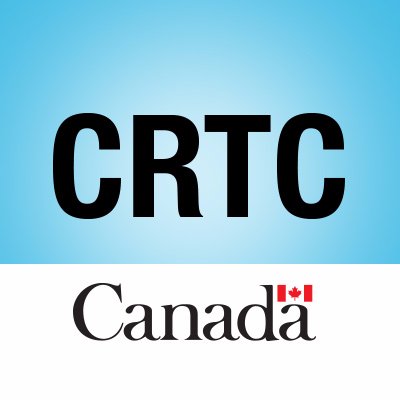
OTTAWA — The CRTC announced Tuesday the start of its proceeding to review the commercial radio policy framework, previously announced as part of its 2019-2020 Departmental Plan.
In its Broadcasting Notice of Proceeding CRTC 2020-25, the Commission says the intention of the review is to modernize the regulatory framework for radio in order to position the radio market to best contribute to Canada’s broadcasting policy objectives.
The proceeding will consist of three phases:
- Phase 1 — conversation with Canadians through public opinion research;
- Phase 2 — a notice of consultation covering several steps; and
- Phase 3 — appearing public hearing, if necessary.
“Beginning a conversation with Canadians in regard to their current and future needs and interests regarding commercial radio, and in particular the evaluation of the programming offered by this sector, will enable the Commission to better assess the effectiveness and relevance of the current regulatory framework,” the Commission writes in its notice of proceeding.
The Commission says it has mandated a third party to be responsible for leading discussion groups and implementing an online survey to collect Canadians’ experiences and their various points of view. The Commission will announce at a later date how Canadians can participate in the online survey.
The public opinion research report that results from Phase 1 of the proceeding is expected to be published during Phase 2, the Commission says. Once the report is published, interveners will have the opportunity to make observations on the results of the public opinion research.
During Phase 2, the Commission will publish a notice of consultation in which it will invite Canadians, including radio broadcasters, content creators, Canadian artists and all interested parties, to submit their observations on the issues relating to the regulatory framework for commercial radio.
The Commission says it may, during this phase, examine issues relating to the current and future environment in which AM and FM commercial radio operates, as well as the impact of rapid changes on this sector, specifically in regard to profitability and competition.
In addition, as part of its review, the Commission says it will examine the effectiveness and the relevance of the following:
- the number of stations that a licensee can own in a given market (Common Ownership Policy);
- definitions relating to local programming, as well as levels, relevance and quality of such programming, including news bulletins and other spoken word programming;
- Canadian content development contributions;
- the regulatory framework for musical programming, including the following elements:
- the definition of a “musical selection”, including French-language vocal music (FVM) and Canadian selections (MAPL system);
- quotas relating to FVM and Canadian content;
- musical montages;
- peak listening hours;
- the policy regarding hits for bilingual markets;
- the policy regarding emerging artists; and
- content categories and sub-categories for radio.
- measures to retain, modify or put in place so that commercial radio continues to support, to the greatest extent possible, through funding, programming or any other appropriate method, the creation, broadcast, promotion and discovery of Canadian content (musical and spoken word content);
- the role of commercial radio in maintaining and enhancing linguistic duality in Canada;
- the issues addressed in the proceeding for the review of the FVM regulatory framework applicable to the French-language commercial radio sector, originally announced in the Review of the regulatory framework for French-language vocal music applicable to the French-language commercial radio sector, Broadcasting Notice of Consultation CRTC 2015-318, July 20, 2015; and
- the role of commercial radio in reflecting and supporting Indigenous peoples.
Interested parties will have the opportunity to submit their observations on the issues raised by the Commission once the notice of consultation is published. Regarding the possible need for an appearing public hearing, the Commission says it will determine whether the information collected in Phases 1 and 2 will allow it to complete the proceeding without the appearance of the parties. If the Commission determines an appearing hearing is necessary to address potential issues, further details will be announced during the course of the proceeding, the Commission says.
At this time, the Commission did not offer any timeframes for how much time would be given to Phase 1 of the proceeding nor when it expects to publish the notice of consultation.



